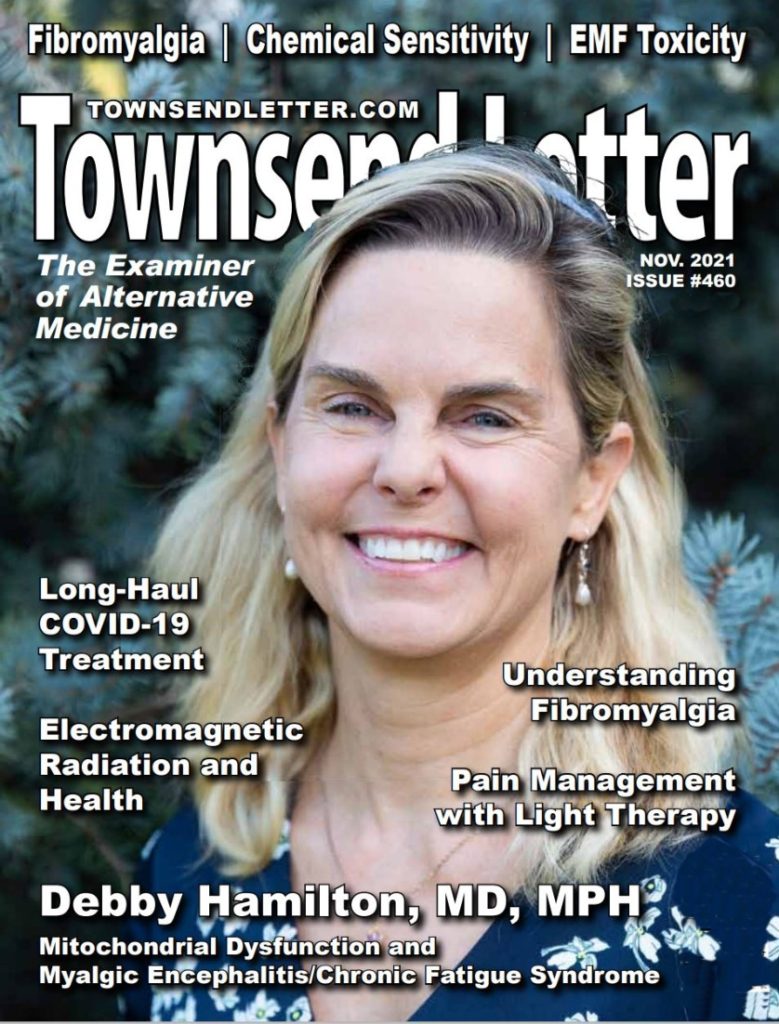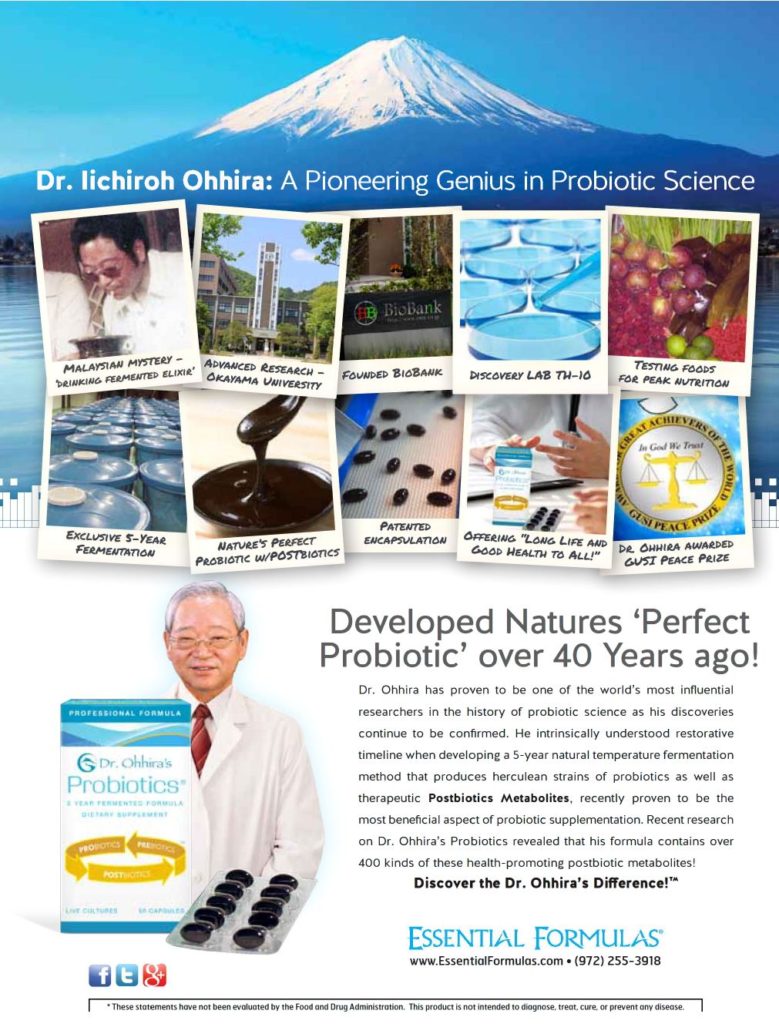…article continued.
Treatment Goals
Treating mitochondrial dysfunction is a multi-tiered approach. The first step is trying to repair the mitochondrial membrane, which is made up of primarily phospholipids. These phospholipids consist of phosphatidylcholine (PC), phosphatidylethanolamine (PE), phosphatidylinositol (PI), phosphatidylserine (PS), and phosphatidic acid (PA), as well as phosphatidylglycerol (PG) and cardiolipin (CL).27 Phosphatidylglycerol and cardiolipin are unique to mitochondrial membranes where the other phospholipids are present in all cell membranes.27 Reactive oxygen species oxidize the mitochondrial membrane phospholipids, which damages the membrane integrity.28 When cardiolipin is released, it causes the release of cytochrome c leading to apoptosis of the mitochondria.28 Damaged mitochondrial membranes cause a proton leak, leading to a decrease in ATP production.28
Supporting the nutrients critical for mitochondrial function is the next step in treating dysfunctional mitochondria. Nutrients can be low from poor dietary intake, aging, and increased metabolic needs. Levels of CoQ10, carnitine, and NADH needed for mitochondrial function tend to decrease with aging and chronic disease. Decreased levels of both CoQ10 and carnitine have been associated with mitochondrial dysfunction in ME/CFS.19,20 Therefore these two nutrients are critical for mitochondrial support. Pyrroloquinoline quinone (PQQ) is a nutrient that is involved in cell signaling pathways that impact mitochondrial energy metabolism and neurologic functions.29 Supplementing with PQQ in human subjects showed a decrease in inflammatory markers and an improvement in mitochondrial markers.29 NAD/NADH are involved in energy metabolism and mitochondrial function and therefore are other critical cofactors for mitochondrial support.30 Many of the B vitamins are cofactors for the enzymes of the Krebs cycle, which precedes the electron transport chain and the formation of ATP.
Antioxidants are also critical nutrients needed to counteract mitochondrial dysfunction. Oxidative stress plays a key role in contributing to mitochondrial damage of the membrane, DNA, and proteins.28 Multiple antioxidants contribute to removing excess free radicals from the mitochondria. Vitamin C enters the mitochondria to protect it from oxidative injury.31 The combination of alpha-lipoic acid (ALA) and vitamin E supplementation improved ATP levels in animal studies in the liver, heart, kidney and brain along with significant improvements in the electron transport complex I activity.32
ATP360
ATP360 is a supplement designed to encompass complete mitochondrial support with mitochondrial membrane repair, mitochondrial nutrients, and antioxidants. The nutrients in the supplement were picked based on research in supporting mitochondria. Research on the entire product showed improvement in clinical symptoms, laboratory markers, and mitochondria function.
An open label study design was used for investigating ATP360.33 Patients with moderate- to long-term fatigue scoring higher than 50% on the Piper fatigue scale were entered into the study. The participants consumed ATP360 for eight weeks with evaluations at 1, 4, and 8 weeks. Additional healthy participants matching the study participants donated blood for comparison of the mitochondria.
The results showed a reduction in long-term fatigue beginning after one week of use. Additional changes in quality of life were seen, including improvements in pain, mental functioning, sleep, energy, and emotional wellness. Indicators of inflammation such as levels of TNF-alpha, IL-8 and elevations of diastolic blood pressure were reduced. When the mitochondria were tested, the fatigued participants had lower mitochondrial function when induced by inflammation compared to the health participants. With four weeks of supplementing with ATP360, the mitochondrial function of the fatigued participants showed improvement.
Summary
ME/CFS causes significant morbidity and a decrease in quality of life for many people. Understanding how the mitochondria, which supply cellular energy to the body, are negatively impacted in ME/CFS is a step forward in understanding and treating the disease. Mitochondrial dysfunction can be identified and treated with targeted nutrients that address membrane repair, supply critical cofactors and antioxidants, and can be a strong step in helping improve symptoms and quality of life for people with ME/CFS.
You may also wish to read…
References
- Lim EJ, Son CG. Review of case definitions for myalgic encephalomyelitis/chronic fatigue syndrome (ME/CFS). J Transl Med. 2020;18(1):289.
- Cortes Rivera M, et al. Myalgic Encephalomyelitis/Chronic Fatigue Syndrome: A Comprehensive Review. Diagnostics (Basel). 2019;9(3):91.
- Prins JB, et al.. Review Chronic fatigue syndrome. Rev. Lit. Arts Am. 2006, 367, 346–355.
- Reynolds GK, et al. Comorbidity of postural orthostatic tachycardia syndrome and chronic fatigue syndrome in an Australian cohort. J. Intern. Med. 2014, 275, 409–417.
- Cairns R, Hotopf M. A systematic review describing the prognosis of chronic fatigue syndrome. Occup. Med. 2005, 55, 20–31.
- Griffith JP, Zarrouf FA. A systematic review of chronic fatigue syndrome: Don’t assume it’s depression. Prim. Care Companion J. Clin. Psychiatry. 2008, 10, 120–128.
- Reynolds KJ, et al. The economic impact of chronic fatigue syndrome. Cost Eff. Resour. Allocat. 2004, 2, 1–9.
- Wirth K, Scheibenbogen C. A Unifying Hypothesis of the Pathophysiology of Myalgic Encephalomyelitis/Chronic Fatigue Syndrome (ME/CFS): Recognitions from the finding of autoantibodies against ß2-adrenergic receptors. Autoimmun Rev. 2020 Jun;19(6):102527.
- Wood E, Hall KH, Tate W. Role of mitochondria, oxidative stress and the response to antioxidants in myalgic encephalomyelitis/chronic fatigue syndrome: A possible approach to SARS-CoV-2 ‘long-haulers’?. Chronic Dis Transl Med. 2021;7(1):14-26.
- Morris G, Maes M. Mitochondrial dysfunctions in myalgic encephalomyelitis/chronic fatigue syndrome explained by activated immuno-inflammatory, oxidative and nitrosative stress pathways. Metab Brain Dis. 2014;29:19–36.
- Verma D, et al. Epstein–Barr virus co-opts TFIIH component XPB to specifically activate essential viral lytic promoters. . Proceedings of the National Academy of Science. May 20, 2020. 117(23) 13044-13055.
- Behan WMH, More IAR, Behan PO. Mitochondrial abnormalities in the postviral fatigue syndrome. Acta Neuropathol. 1991;83:61–65.
- Lawson N, et al. Elevated energy production in chronic fatigue syndrome patients. J Nat Sci. 2016;2.
- Tomas C, et al. Cellular bioenergetics is impaired in patients with chronic fatigue syndrome. PloS One. 2017;12:1–16.
- Booth NE, Myhill S, McLaren-Howard J. Mitochondrial dysfunction and the pathophysiology of myalgic encephalomyelitis/chronic fatigue syndrome (ME/CFS) Int J Clin Exp Med. 2012;5:208–220.
- Missailidis D, Annesley SJ, Allan CY. An isolated Complex V inefficiency and dysregulated mitochondrial function in immortalized lymphocytes from ME/CFS patients. Int J Mol Sci. 2020;21:1074.
- Jammes Y, Steinberg JG, Delliaux S. Chronic fatigue syndrome: acute infection and history of physical activity affect resting levels and response to exercise of plasma oxidant/antioxidant status and heat shock proteins. J Intern Med. 2012;272:74–84.
- Richards RS, et al. Blood parameters indicative of oxidative stress are associated with symptom expression in chronic fatigue syndrome. Redox Rep. 2000;5:35–41.
- Castro-Marrero J, et al. Does oral coenzyme Q10 plus NADH supplementation improve fatigue and biochemical parameters in chronic fatigue syndrome?. Antioxid Redox Signal. 2015;22(8):679-685.
- Starkov AA. The role of mitochondria in reactive oxygen species metabolism and signaling. Ann NY Acad Sci. 2008;1147:37–52.
- Filler K, et al. Association of mitochondrial dysfunction and fatigue: a review of the literature. BBA Clin. 2014;1:12–23.
- McArdle A, et al. Investigation by polymerase chain reaction of enteroviral infection in patients with chronic fatigue syndrome. Clin. Sci. (Lond.) 1996;90(4):295–300.
- Myhill S, Booth NE, McLaren-Howard J. Chronic fatigue syndrome and mitochondrial dysfunction. Int. J. Clin. Exp. Med. 2009;2(1):1–16.
- Lee JS, Kim HG, Lee DS, Son CG. Oxidative Stress is a Convincing Contributor to Idiopathic Chronic Fatigue. Sci Rep. 2018;8(1):12890. Published 2018 Aug 27.
- Kennedy G, et al. Oxidative stress levels are raised in chronic fatigue syndrome and are associated with clinical symptoms. Free Radic Biol Med. 2005 Sep 1;39(5):584-9.
- Maes M, et al. Increased 8-hydroxy-deoxyguanosine, a marker of oxidative damage to DNA, in major depression and myalgic encephalomyelitis / chronic fatigue syndrome. Neuro Endocrinol Lett. 2009;30(6):715-22.
- Zinser E., et al. Phospholipid synthesis and lipid composition of subcellular membranes in the unicellular eukaryote Saccharomyces cerevisiae. J Bacteriol. 1991;173:2026–2034.
- Ma ZA. The role of peroxidation of mitochondrial membrane phospholipids in pancreatic β -cell failure. Curr Diabetes Rev. 2012;8(1):69-75.
- Harris CB, et al. Dietary pyrroloquinoline quinone (PQQ) alters indicators of inflammation and mitochondrial-related metabolism in human subjects. J Nutr Biochem. 2013 Dec;24(12):2076-84.
- Ying W. NAD+/NADH and NADP+/NADPH in cellular functions and cell death: regulation and biological consequences. Antioxid Redox Signal. 2008 Feb;10(2):179-206.
- Sagan KC, Cárcamo JM, Golde DW. Vitamin C enters mitochondria via facilitative glucose transporter 1 (Glut1) and confers mitochondrial protection against oxidative injury. FASEB J. 2005 Oct;19(12):1657-67.
- Eser Faki H, Tras B, Uney K. Alpha lipoic acid and vitamin E improve atorvastatin-induced mitochondrial dysfunctions in rats. Mitochondrion. 2020 May;52:83-88.
- Hamilton D, Jensen GS. Nutraceutical Support of Mitochondrial Function Associated With Reduction of Long-term Fatigue and Inflammation. Altern Ther Health Med. 2021 May;27(3):8-18.










